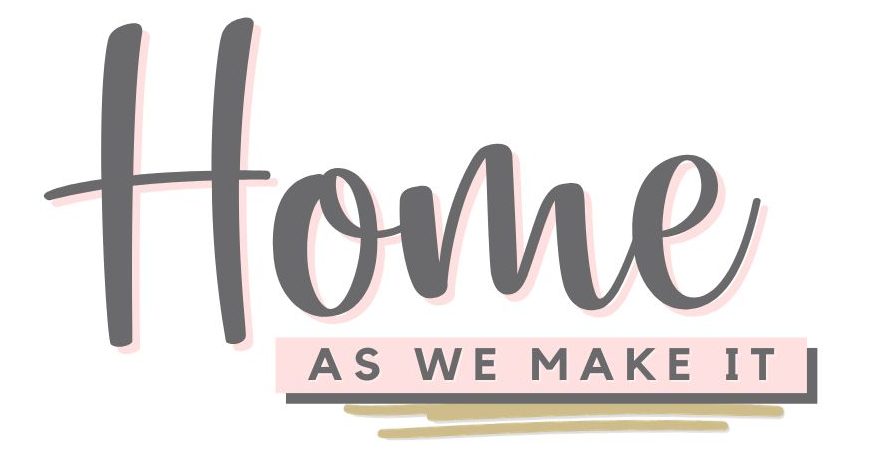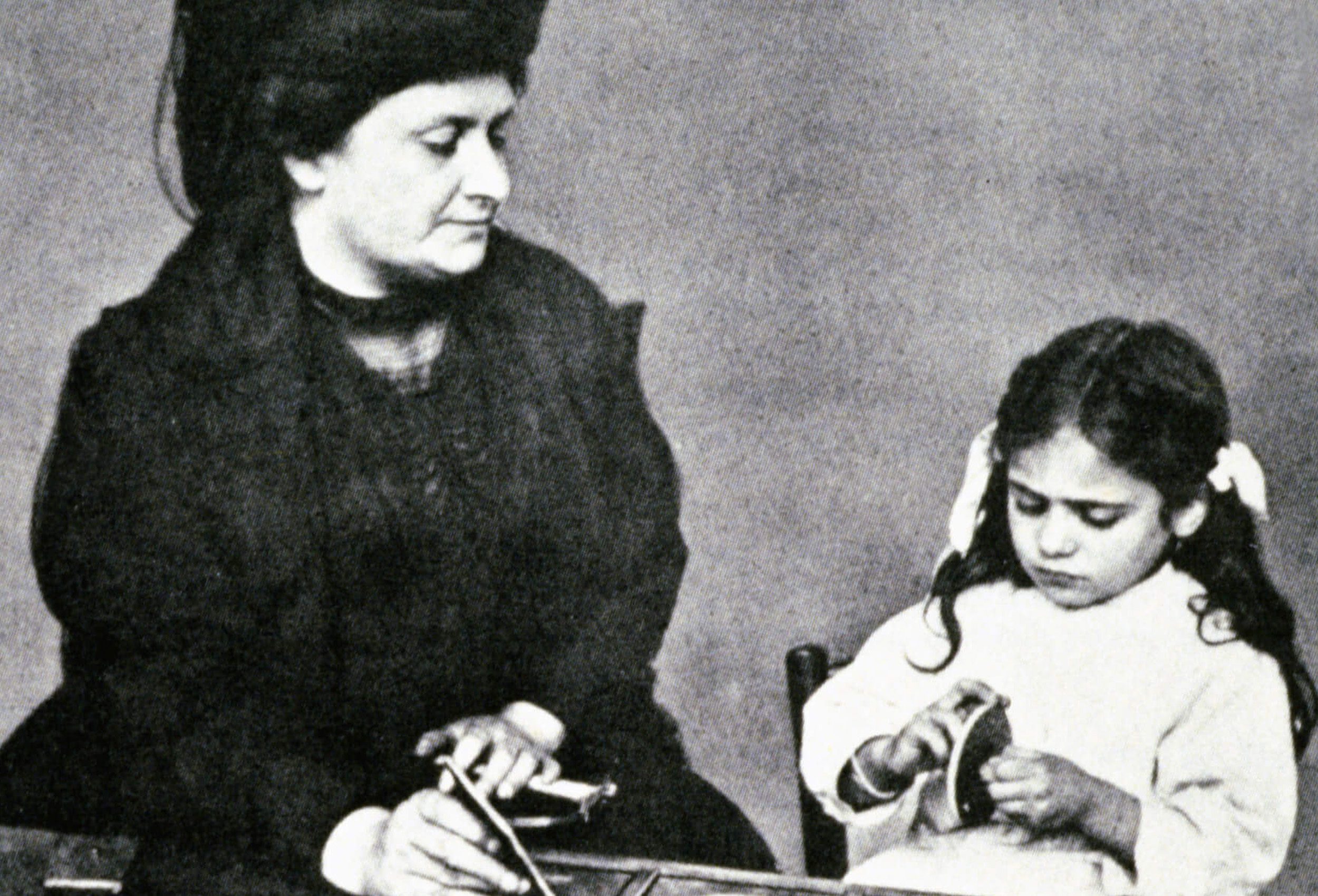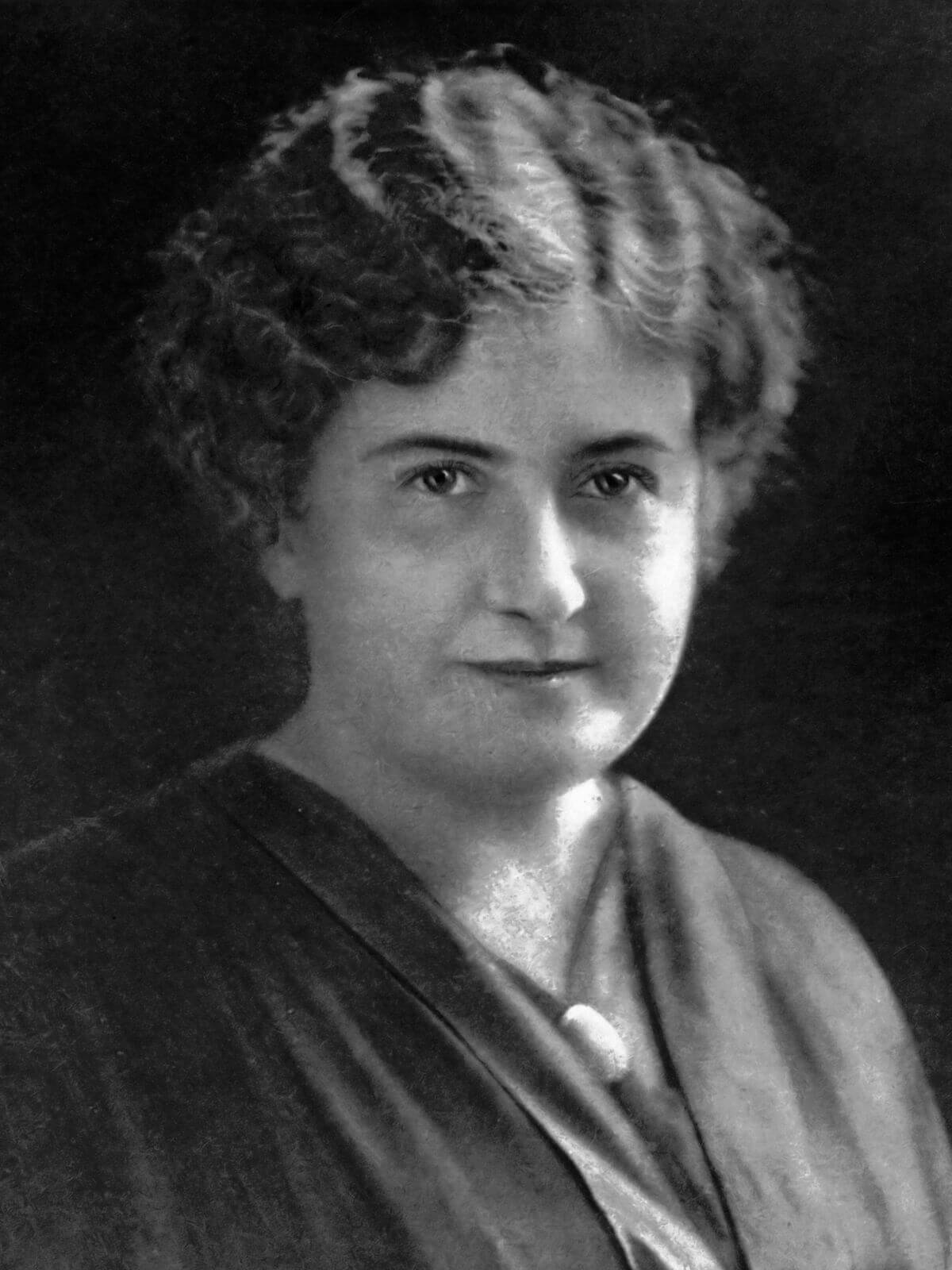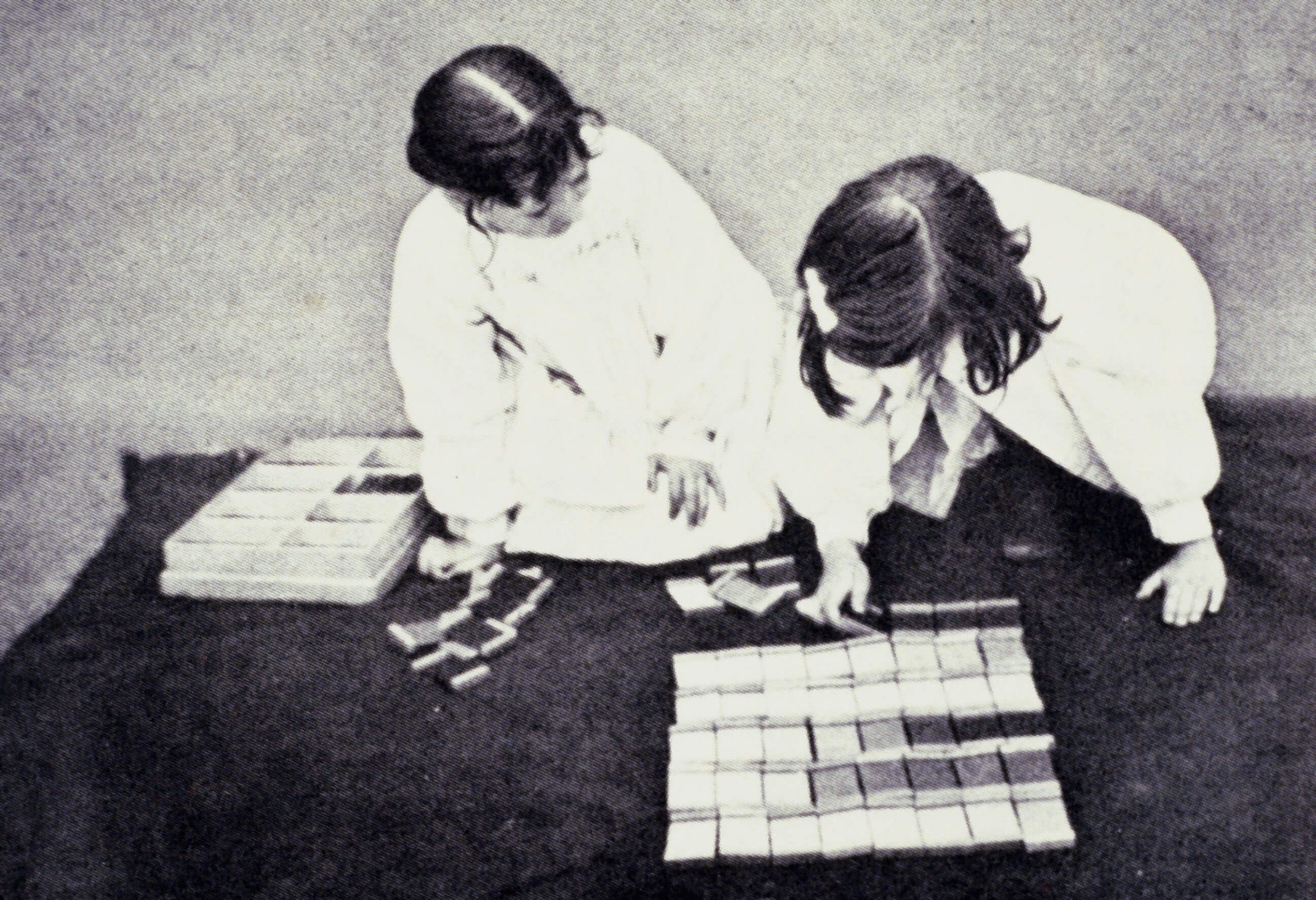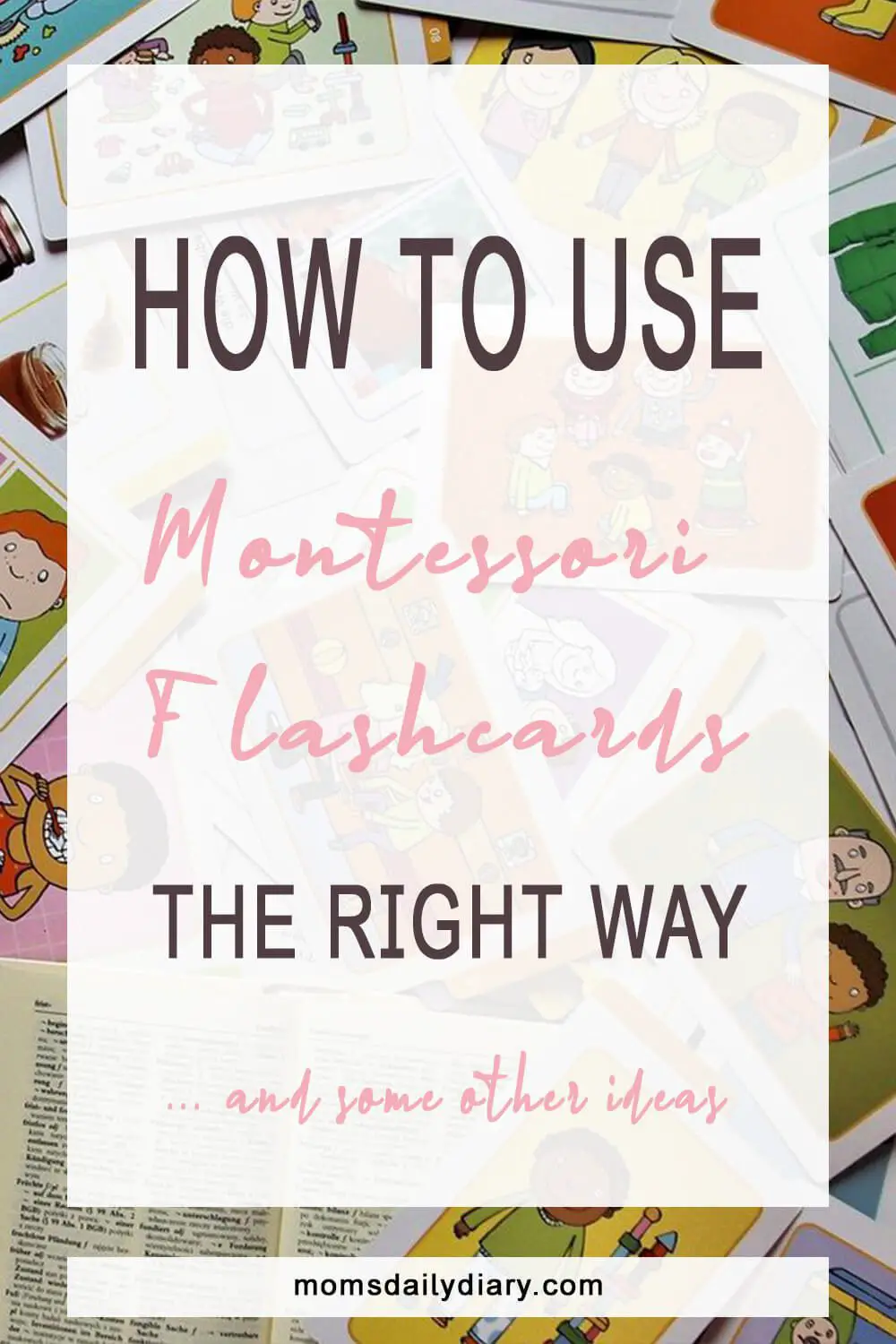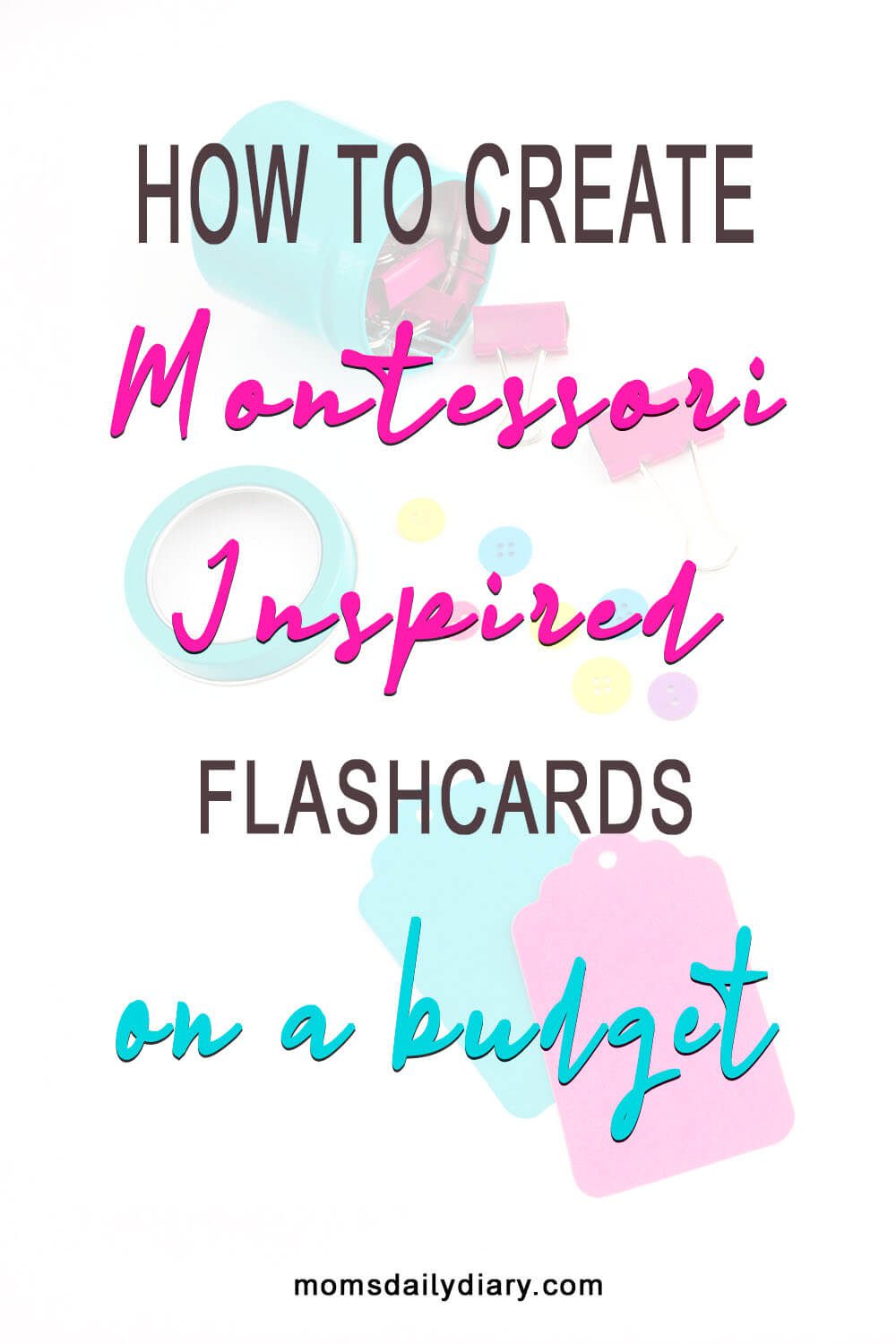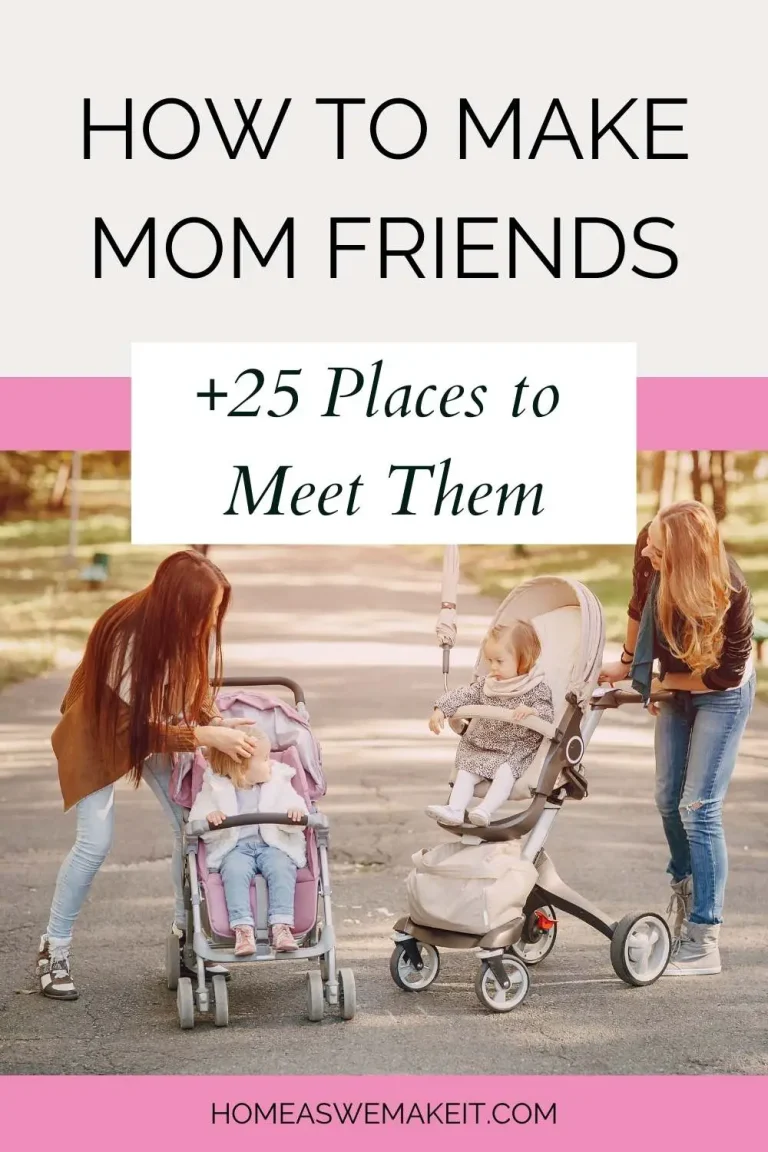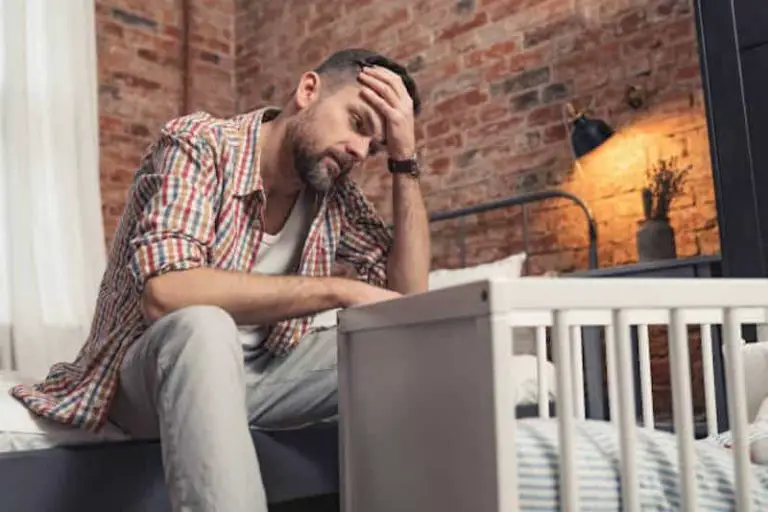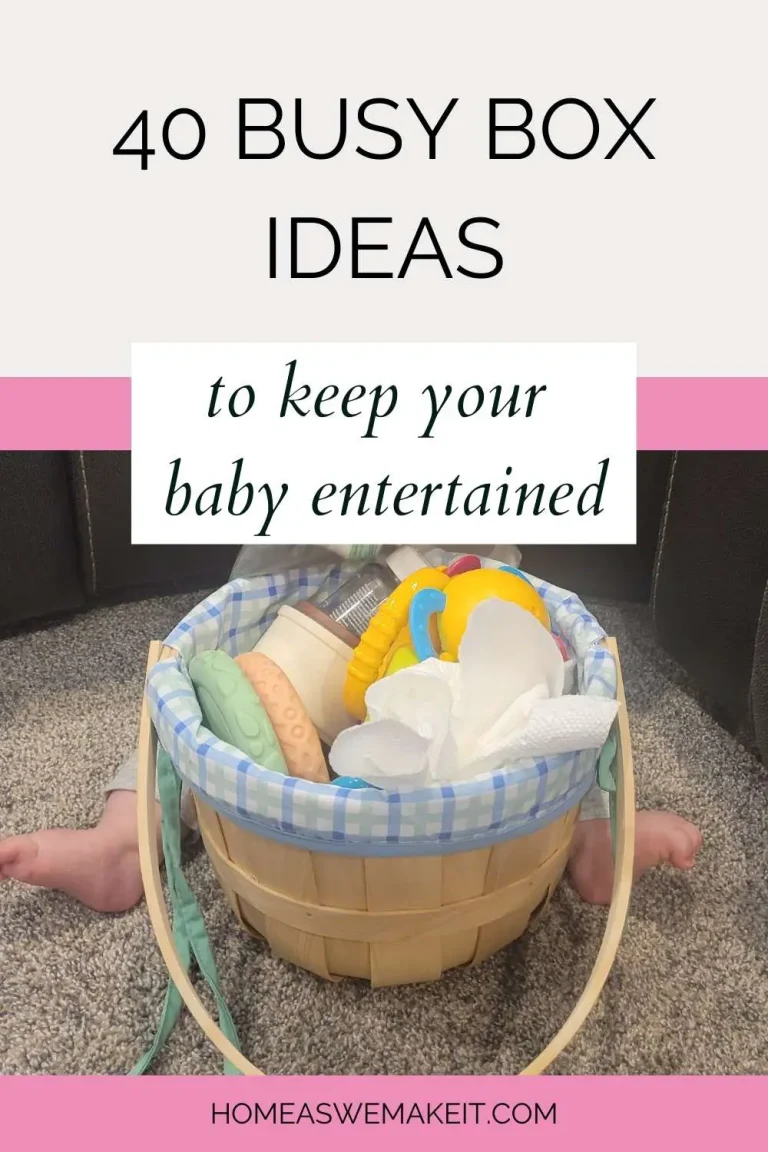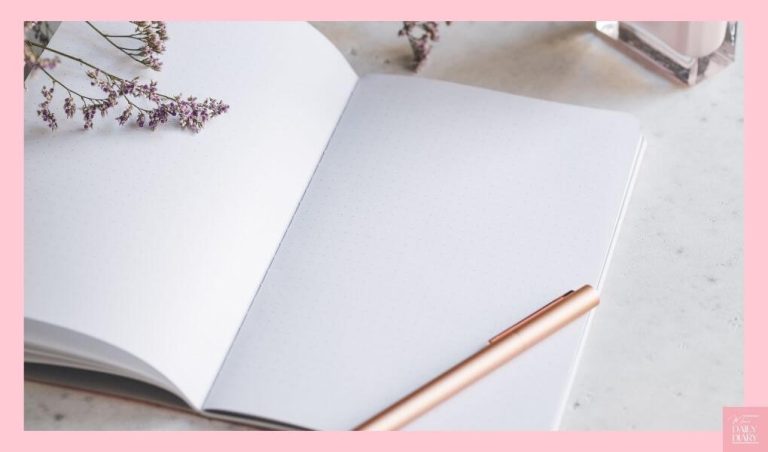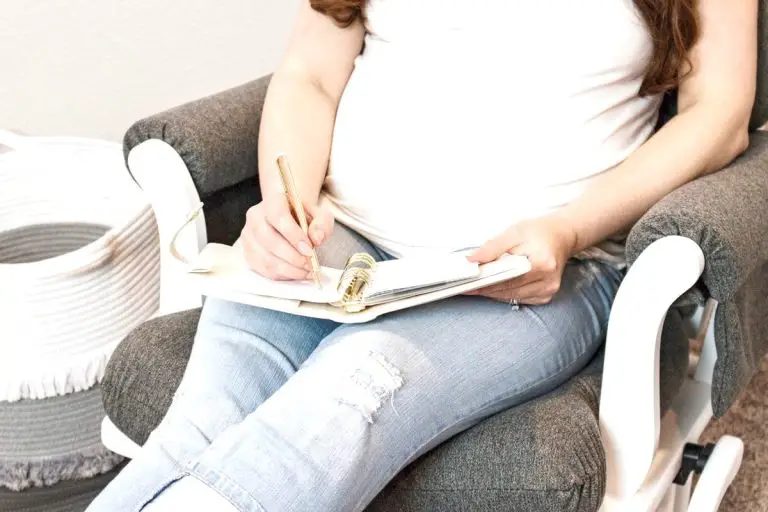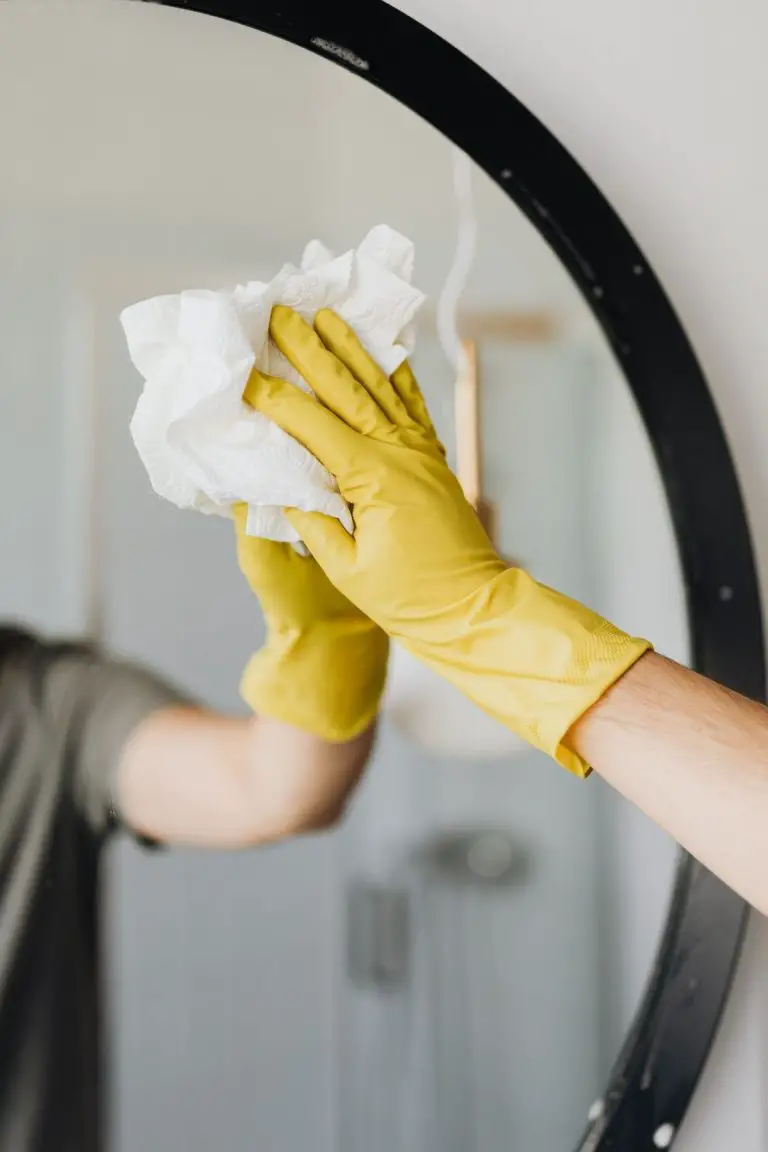What You Didn’t Know About Maria Montessori
In the last decade or so people talk a lot about Maria Montessori and her pedagogical methods. You’ve probably heard of the Montessori cards for toddlers or have seen those adorable Montessori beds but what do you know about the person behind it all?
So who was Maria Montessori?
Maria Tecla Artemisia Montessori was born in Chiaravalle, Italy, on August 31st, 1870 (yes, that long ago).
Note: This post may contain affiliate links, which means if you buy from my link I might make a small commission. This does not affect the price you pay. See the full affiliate disclosure here.
As a young girl, she dreamed of becoming an engineer, however, life took her in another direction.
Education
Aiming to become an engineer, Maria Montessori studied different sciences, arithmetic, geometry, algebra, accounting, geography, history. Later on, she continued her education with ornate drawing, chemistry, physics, zoology, botany, and well as two foreign languages.
However, at the age of 20, she had a change of heart and decided to pursue a career in medicine, which was a rather unusual ambition for a woman of her time.
She specialized in pediatrics and psychiatry. Although she didn’t get any support from her male professors and colleagues, she managed to graduate from the University of Rome in 1896 as a doctor of medicine.
After graduation, she started observing and working with children with mental disabilities and focused her studies to children with learning difficulties.
In the meantime, in 1898 Maria Montessori gave birth to her only son but refused to marry the father because that would mean she had to stop working. Instead, she gave the child to a wet nurse and continued her work.
Over the next few years, she considered that her methods of educating mentally disabled children may be beneficial in mainstream education as well.
Casa Dei Bambini
In January 1907 she opened a “Children’s House” for the kids of low-income working parents in Rome. Over 50 children aged 2-3 and 6-7 years old were enrolled, all of which were mentally normal.
Montessori did not teach the children directly. Instead, she gave directions for their daily teaching and care and observed them.
Initially, the activities for the children included personal care, as well as caring for their surroundings and a garden. They were also presented with different materials developed by Montessori.
This first classroom formed the basis of Maria Montessori’s educational method. She noticed that when given free choice of activity, the children showed interest in practical activities and her materials instead of playing with toys. The kids also tend to become more self-disciplined, concentrated, and conscious of their surroundings.
To allow the children with more freedom of choice, Montessori soon replaced the mainstream furniture with children-sized tables and chairs that the kids could move around on their own. All materials were placed on low shelves accessible by the children at any time.
She expanded the activities list by including hand washing, cooking, gymnastics, sweeping, care of pets, and arranging flowers.
Observing their choice of materials and activities, she started to improve and adapt the materials so the children could be more self-motivated and reach new levels of autonomy. Driven by the kids rapid development, Montessori started experimenting with materials for reading and writing by creating cutout letters and picture cards with labels.
As a result, kids aged 4 and 5 soon showed interest in the new materials and quickly started to learn how to read and write, which was very unusual for their age.
The spread of the Montessori method
The house was such a success that it soon grabbed the attention of educators, public figures, and journalists. Soon Maria Montessori gave up her medical practice to devote herself completely to refining her work.
By the end of 1908, there were 5 Casa Dei Bambini opened in Italy and the word of her result soon spread internationally. By 1912 Montessori classrooms were opened and planned in Paris, throughout Europe and all the way to Australia, China, Japan, India, Mexico, Switzerland, the US and more.
Her works were translated into multiple languages and became bestsellers around the world. In 1915, Maria Montessori moved to Barcelona and spent the next 20 years travelling and lecturing throughout Europe.
In 1936 she and her son moved to Laren, near Amsterdam, where they would continue to develop new materials.
Maria Montessori passed in 1952, at the age of 81 after devoting her entire life to developing and improving her educational method for kids from birth until the age of 12.
Montessori’s first “plane” of development
During her studies, Maria Montessori observed four distinct periods in the human development that she called “Planes”:
- From birth to 6 years
- 6 to 12 years
- 12 to 18 years
- 18 to 24 years
She then realised the need for a different educational approach for each stage while focusing her efforts on the first two planes of development.
During the first plane, Montessori observed the rapid psychological and physical development of the children. She also defined periods during which the children were especially sensitive to specific stimuli.
She called these periods “sensitive periods” and used them as a guide for introducing the kids to the appropriate activities and materials.
- Sensory refinement. From birth to 4 years
- Language acquisition. From birth to 6 years
- Order. From 1 to 3 years
- Interest in small objects. From 1.5 to 3 years
- Social behaviour. From 2.5 to 4 years
Modern-day Montessori materials
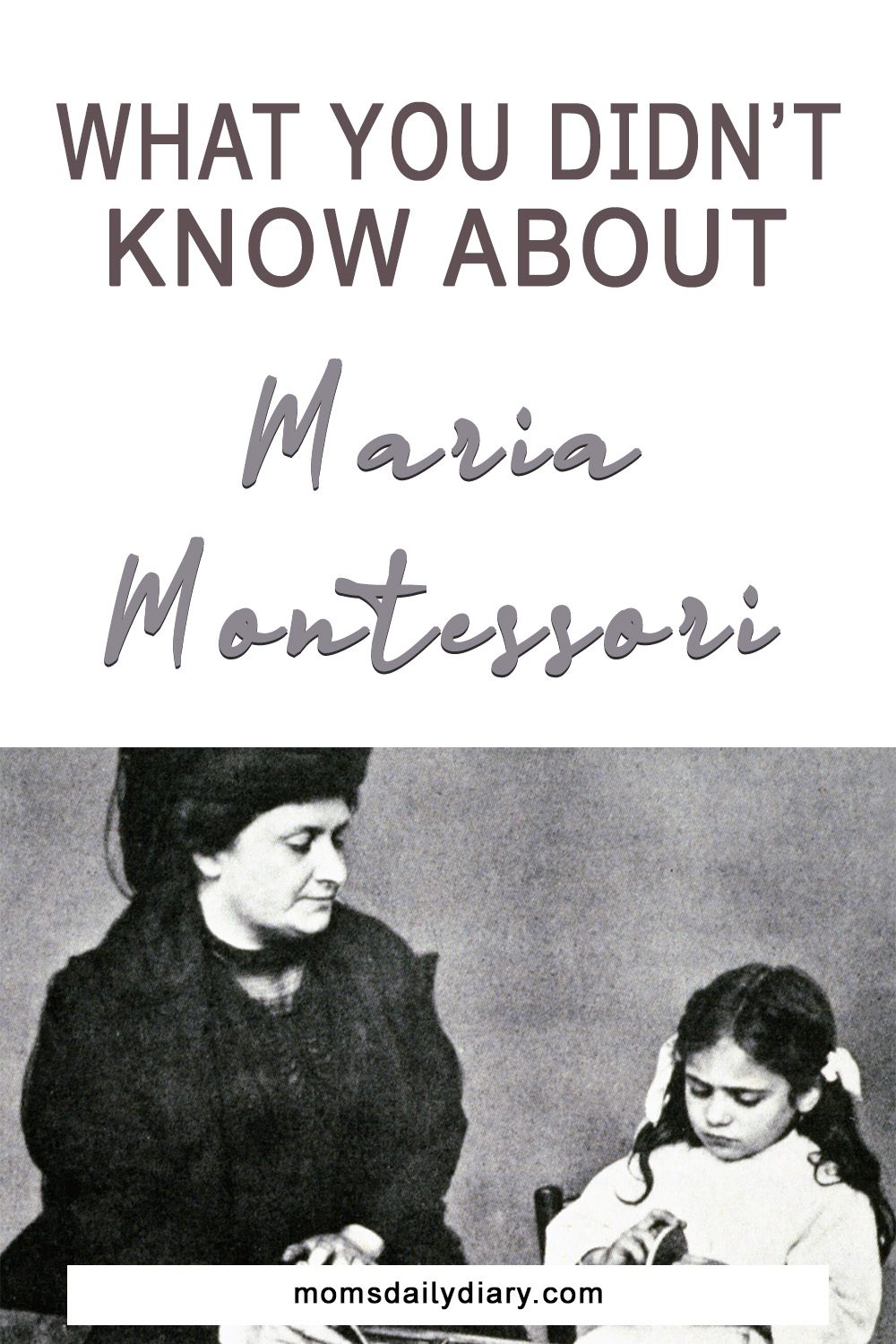
While the Montessori method had taken a step back for a few decades, over the last 10 years it has been rising rapidly in popularity both among young parents and children institution. The demand for Montessori materials has also grown a great deal.
Some of the most popular items suitable for babies and toddlers include:
- On-the-floor beds. Allowing the kids to get in and out of bed without the help of a parent.
- Toddler tower. Also known as a learning tower, it helps the toddlers reach countertops, sinks, and other otherwise unreachable areas on their own.
- Infant shelves and book displays. They allow the child to choose and take the materials they want to play with.
- Pikler triangle. Stimulates the child’s vestibular system and aids the gross motor development.
- Pink tower. Usually consists of 10 pink wooden blocks with decreasing size that the kid should form a tower with. It aids their sense of size, three-dimensional space and proportions.
- Colour tablets. Each set of tablets consists of several gradients of a single colour, for example, light to dark green. By arranging them in the proper order the kids learn to visually discriminate the different shades.
- Wooden knob puzzles. Help children aged 1 to 3 to improve their fine motor and language skills.
- Nomenclature cards. Probably the most popular Montessori material, the nomenclature or language cards are designed for language development, as well as for learning classification and matching.
While shopping for Montessori materials could be quite expensive, plenty of parents turn to DIY and apply the Montessori method by using every day or thrift store objects. If you want to apply the Montessori method at home, check out my guides on how to create your own nomenclature cards and how to use them properly given your child’s age.
